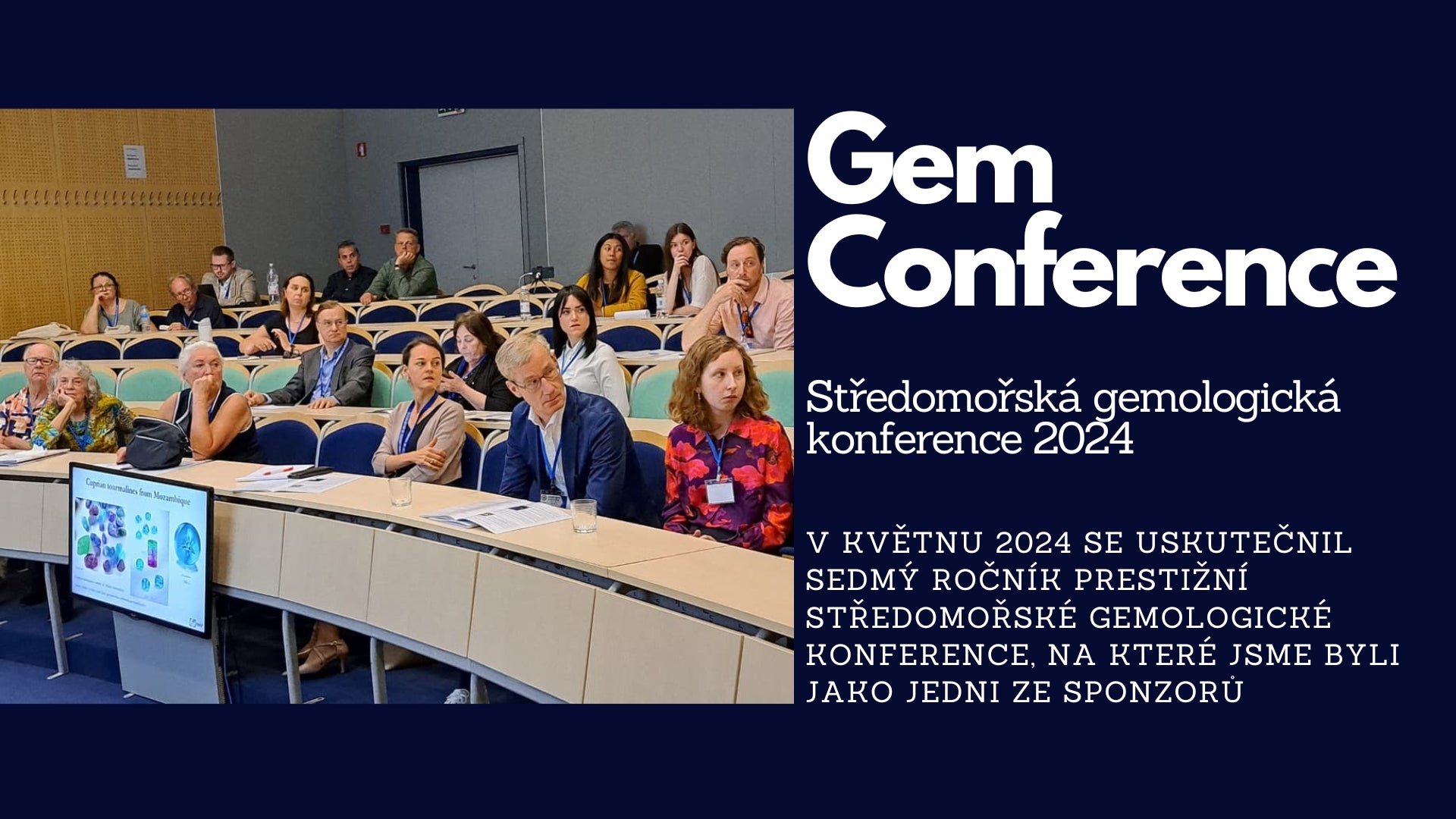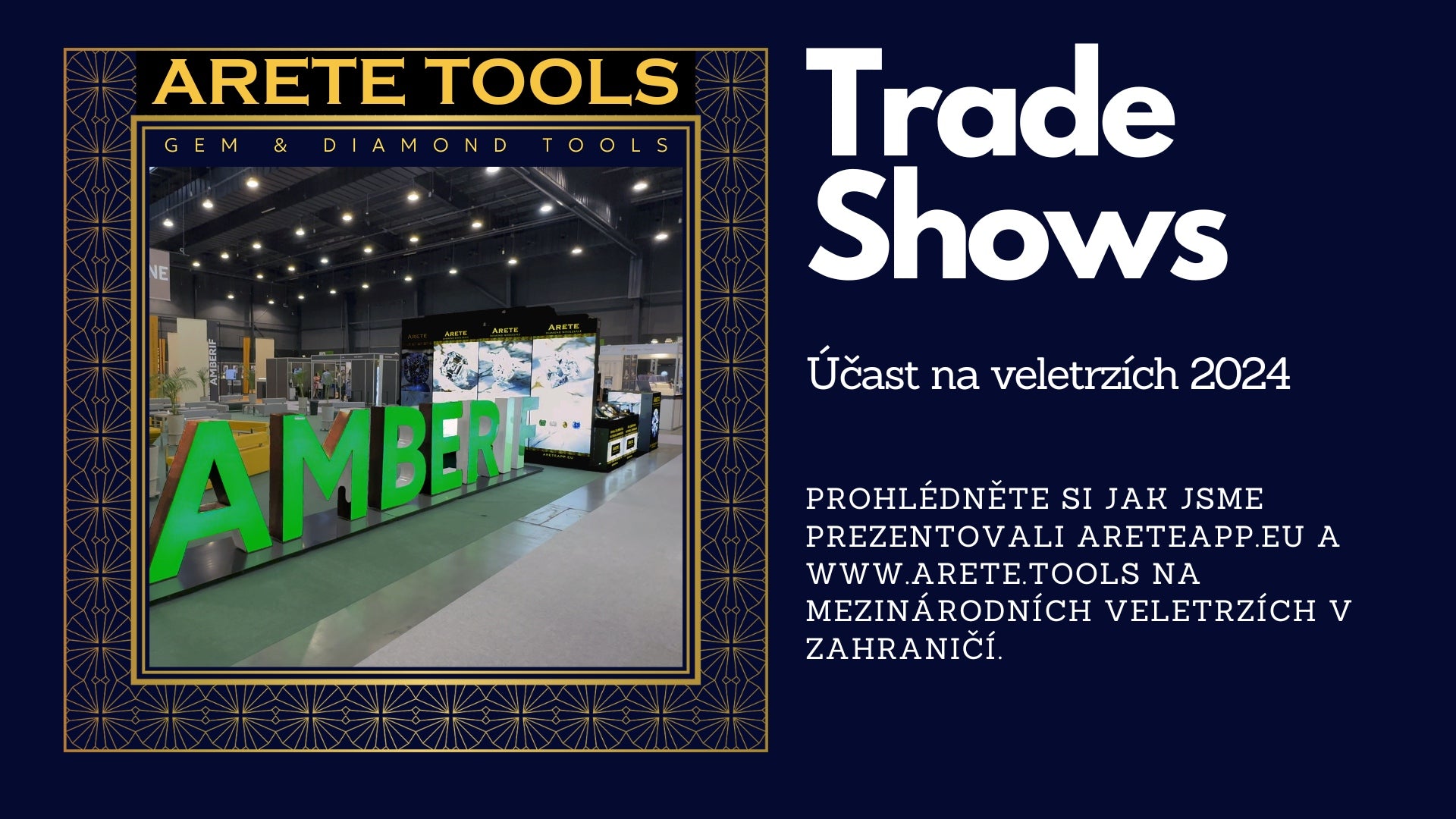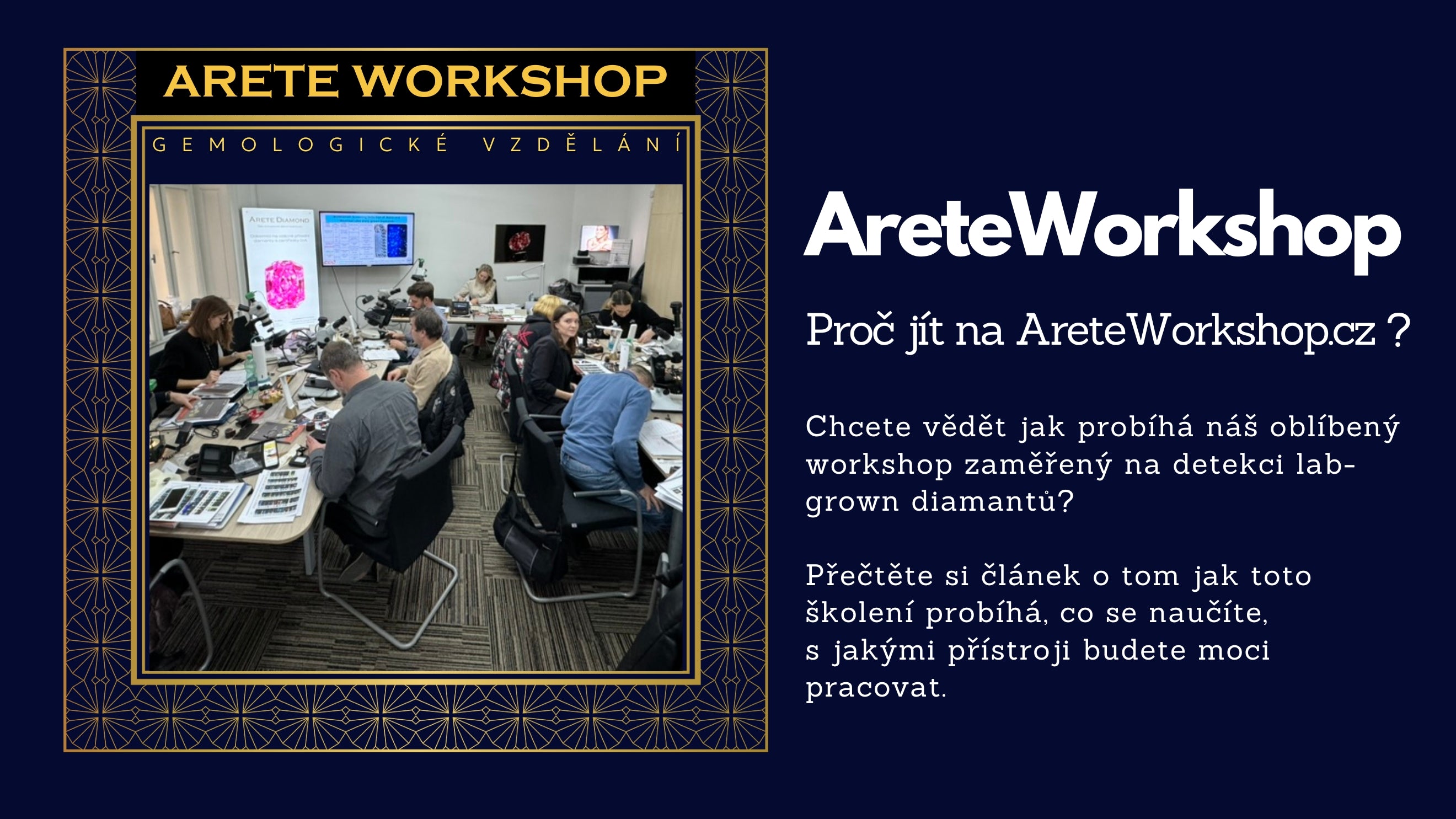News

Vladimír Kondratěnko guest of the Night Microphone Forum on Czech Radio
Today's guest is obviously in a field that is somewhat hidden from most people, he is dedicated to something that is said to be eternal, a sign of luxury and elegance that may seem unattainable, but is definitely exceptional. It is a diamond and we will talk about it with internationally recognized expert Vladimir Kondratenko.

Diamond Industry Overview 2024
Discover Key Insights from the Diamond Industry Overview 2024 The diamond industry is undergoing a transformation in 2024, and our latest publicati...

Facets 2024: The Future of the Natural Diamond Industry
This November, I had the privilege of attending the Facets 2024 conference in Antwerp, the epicenter of the global diamond trade. The event brough...

Mediterranean Gemological Conference 2024 GemConference.com
In May 2024, the seventh year of the prestigious Mediterranean Gemological Conference took place, which took place in two locations - in Italy and...

Arete Tools & AreteApp.eu at the fair in Poland and Lithuania
Successful presentation at international fairs in Gdańsk and Vilnius
In March 2024, we had the honor of representing Arete.Tools at the prestigiou...

Is it possible to distinguish laboratory -made diamonds from natural?
Although diamonds have been a symbol of beauty, wealth and indestructibility since ancient times, today's technology enables diamonds to produce sy...

Learn to use diamond screening devices. Areteworkshop.cz
AreteWorkshop is a unique opportunity for all who are in the world of jewelery, be it goldsmiths, jewelry manufacturers, forensic experts, or only ...
Weight: Guide weighing gems
Weight: Guide weighing gems
In gemology, the precise weighing of gems is essential for determining their value. This article provides a comprehensi...
Guide to Interpretation of Yehuda Sherlock Holmes results
This guide is an essential source of information for anyone using Yehuda Sherlock Holmes to detect synthetic diamonds.
Detecting laboratory diamonds in practice: interview goal deljanina and Guye Borenstein
Gemologists Branko Deljanin and Guy Borenstein discuss key topics and challenges in identifying modern laboratory diamonds, including testing of free and set stones, limiting conventional methods, or having to combine advanced techniques. Both experts emphasize that to maintain consumers' trust, the development of increasingly precise methods of detection of synthetic diamonds is necessary.
Determining the origin of the diamond using CPF (crossed polarization filters)
The CPF method uses observation of birefringing in diamonds between crossed polarizing filters to distinguish natural and synthetic stones according to typical patterns. While natural diamonds show strong irregular birefringing, synthetic have either no or regular birefringing. CPF is a quick technique for initial diamond screening, but more advanced spectroscopy is needed to confirm synthetic origin.
Assessment of white diamonds - why don't we offer a master set of cubic zirconia.
Master of stones are used to assess the color of diamonds on the D-Z scale to determine the minimum color of the degree. But cheap master sets from cubic zirconia do not have the same optical properties as diamonds, so for accurate and consistent evaluation is necessary quality set of diamond master
Measuring the size of precious stones
Diamond measurement includes basic dimensions such as diameter, length, width and depth, which are used to identify stone and analyze its parameters. Portable and affordable drawers are often used to measure, but it is necessary to use carefully to avoid damage to the diamond. Regular calibration Šupler is important for maintaining their accuracy in measuring diamonds.
Parcel Paper - a letter or envelope for diamonds
Diamond papers, also called PAPERS plots, are used to safely store free diamonds and designate details as a weight or price. Their life can be maximized by quality material and correct folding to prevent damage and loss of content. Treatment of parcel papers requires some skills for decomposition and folding to ensure the safety of diamonds.
Two types of Lab-Gown Diamonds: HPHT & CVD Synthetic Diamonds
The HPHT method creates diamonds by crystallizing carbon at extremely high pressure and temperature, while the CVD method by grows from the gaseous mixture deposits carbon atoms on a diamond substrate. Synthetic diamonds can be distinguished by natural fluorescence, phosphorescence or growth sectors, for example, there are many available devices for reliable distinction of natural and synthetic diamonds.




